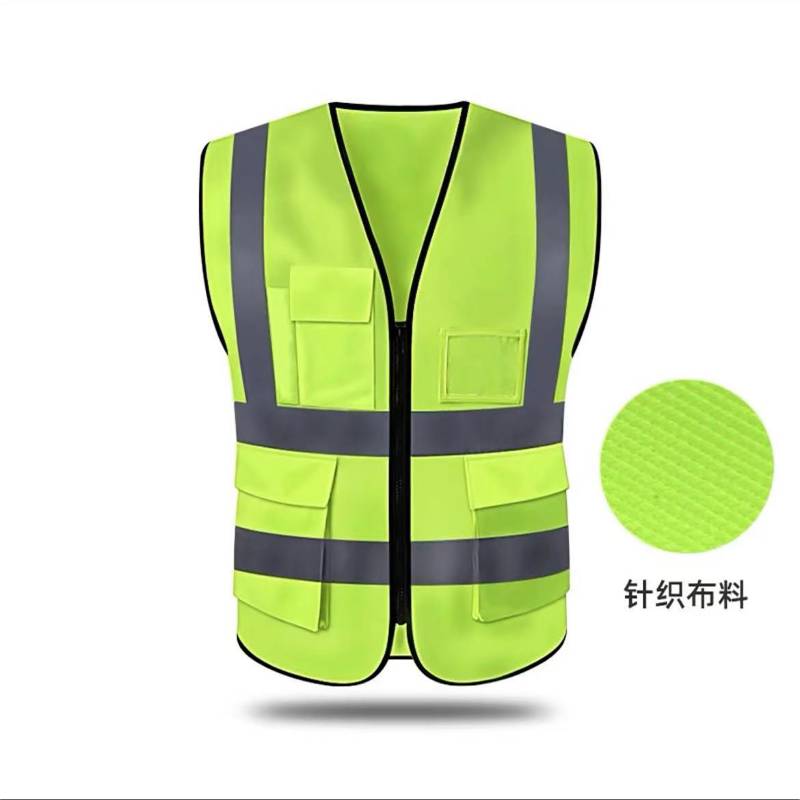- Afrikaans
- Albanian
- Arabic
- Armenian
- Basque
- Belarusian
- Bengali
- Bulgarian
- Croatian
- Czech
- Danish
- Dutch
- English
- Esperanto
- Finnish
- French
- German
- Greek
- Hebrew
- Hindi
- Indonesian
- irish
- Italian
- Japanese
- Javanese
- kazakh
- Rwandese
- Korean
- Kyrgyz
- Latin
- Latvian
- Luxembourgish
- Malay
- Myanmar
- Nepali
- Persian
- Polish
- Portuguese
- Romanian
- Russian
- Serbian
- Slovak
- Spanish
- Swedish
- Tagalog
- Tajik
- Turkish
- Ukrainian
- Uzbek
- Vietnamese
Aug . 20, 2024 07:44 Back to list
Chef Outfit Essentials for Culinary Professionals and Food Enthusiasts
The Significance of Chef Uniforms in the Culinary World
In the culinary arts, the chef's uniform is more than just a set of clothing; it is a symbol of professionalism, a means of hygiene, and a representation of identity in the kitchen. The traditional chef uniform, typically characterized by a white double-breasted jacket, checkered pants, an apron, and a chef's hat (toque), has deep-rooted historical significance and practical benefits that are essential in a fast-paced culinary environment.
The color white has always been associated with purity and cleanliness. In the kitchen, where hygiene is paramount, a white uniform signifies that the chef adheres to high standards of cleanliness and professionalism. The double-breasted jacket not only offers a polished appearance but also serves a practical purpose. It is designed to be reversible; if the front becomes soiled during cooking, the chef can simply switch to the other side, ensuring a clean look throughout service. Moreover, the thick fabric of the jacket provides protection from heat and burns, making it an ideal choice for the demanding environment of a kitchen.
The chef's pants, often adorned with a checkered pattern, serve both functional and aesthetic purposes. The dark colors and patterns help to conceal stains, allowing chefs to maintain a more professional appearance amidst the chaos of cooking. The loose fit of chef pants promotes comfort and freedom of movement, which is crucial during long hours in the kitchen where agility is necessary.
The apron is another critical component of the chef's uniform. Serving as an additional layer of protection against spills and splashes, the apron allows chefs to maintain their uniforms while working with various ingredients. Furthermore, many chefs also utilize pockets in their aprons to store essential tools such as thermometers, pens, and recipe cards, ensuring they have quick access to the items needed to create culinary masterpieces.
chef uniform

Perhaps the most iconic aspect of a chef’s uniform is the toque. This tall, pleated hat is not just a fashion statement; its height can signify the chef’s rank within the kitchen hierarchy. Traditionally, the more pleats a toque has, the more skilled and experienced the chef is. It is believed that the origin of the toque dates back to ancient times when chefs began to wear them to differentiate themselves from other kitchen staff, establishing a sense of professionalism and respect for the culinary profession.
Another significant aspect of chef uniforms is its role in fostering a sense of unity among kitchen staff
. When every member wears a uniform, it creates a sense of teamwork and collaboration, essential in the often-stressful environment of a bustling kitchen. This uniformity helps to break down barriers, allowing chefs and kitchen staff to focus on their shared goal of delivering exceptional dining experiences to patrons.In recent years, the evolution of chef uniforms has seen the introduction of more modern designs and styles, incorporating the latest fabric technologies for better breathability and comfort. For instance, some uniforms now feature moisture-wicking fabrics that help regulate body temperature, ensuring chefs remain comfortable during peak hours. Customization options have also become popular, allowing chefs to express their personal style while maintaining a professional appearance.
In conclusion, chef uniforms are of paramount importance in the culinary world, serving multiple functions that enhance both the professional image of chefs and the overall kitchen environment. From their historical significance to their practical benefits, chef uniforms continue to evolve while maintaining their core purpose to symbolize professionalism, hygiene, and teamwork in the demanding field of gastronomy. As the culinary arts continue to advance, one thing remains certain the essence of the chef's uniform will always be integral to the identity of the kitchen.
-
Work Reflective Vest: A Silent Guardian of Security
NewsJul.10,2025
-
Vest Reflective Safety: A Safety Lighthouse in Low Light and High Traffic Environments
NewsJul.10,2025
-
Soft Cotton Polo Shirts: A Fashionable and Practical Choice for Multiple Scenarios
NewsJul.10,2025
-
Soft Cotton Polo Shirts: A Fashionable and Practical Choice for Multiple Fields
NewsJul.10,2025
-
Reflective Vest: The Light of Industry and Outdoor Safety Protection
NewsJul.10,2025
-
Polo Shirt: A versatile and fashionable item that can be worn in one outfit
NewsJul.10,2025




